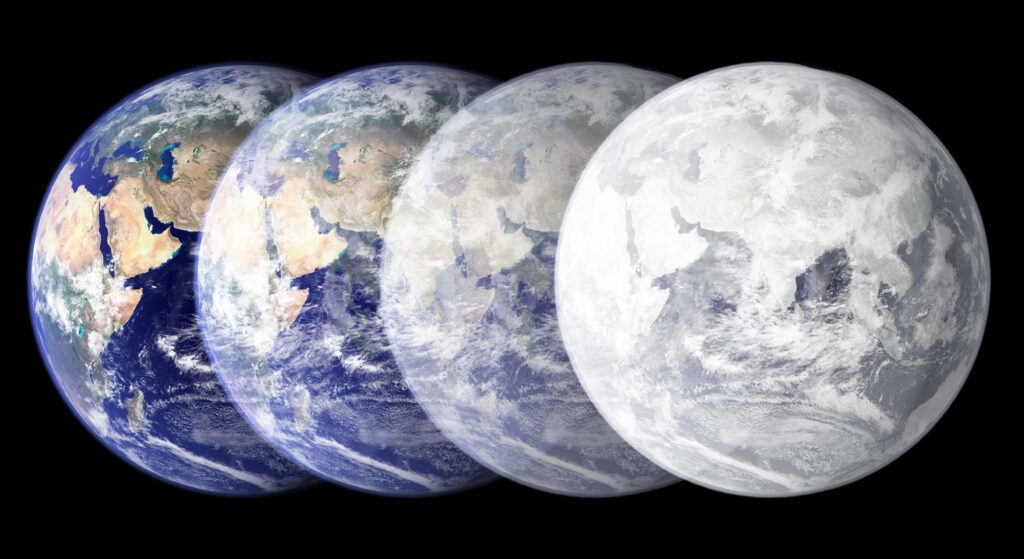Researchers have made significant findings regarding the relationship between Earth’s orbital parameters and glacial cycles, highlighting a clear pattern in the climate record over the last 900,000 years. These patterns suggest that, absent human interference, the Earth should currently be enjoying a stable interglacial period, with the next glacial age expected to begin thousands of years from now. Stephen Barker from Cardiff University noted the surprising clarity of the trajectory parameters in the climate record, emphasizing their reproducibility, which enables precise predictions of ice age occurrences.
Despite the established connections between Earth’s orbit and climate variations noted since the 1970s, accurately identifying key parameters has proven challenging. The researchers’ approach involved analyzing the shape of climate records, allowing them to clarify how various factors influence observable climate changes. Their work contributes to a unified theory of glacial cycles, suggesting that natural climate changes in Earth’s history are largely predictable rather than random.
Looking ahead, the team intends to create a baseline for the Earth’s natural climate over the next 10,000-20,000 years by adjusting for previous changes. They plan to use climate model simulations to evaluate the long-term effects of human-induced climate change. Barker stressed the importance of understanding these patterns to guide current decisions regarding greenhouse gas emissions, as they significantly influence future climate scenarios.
Source link


